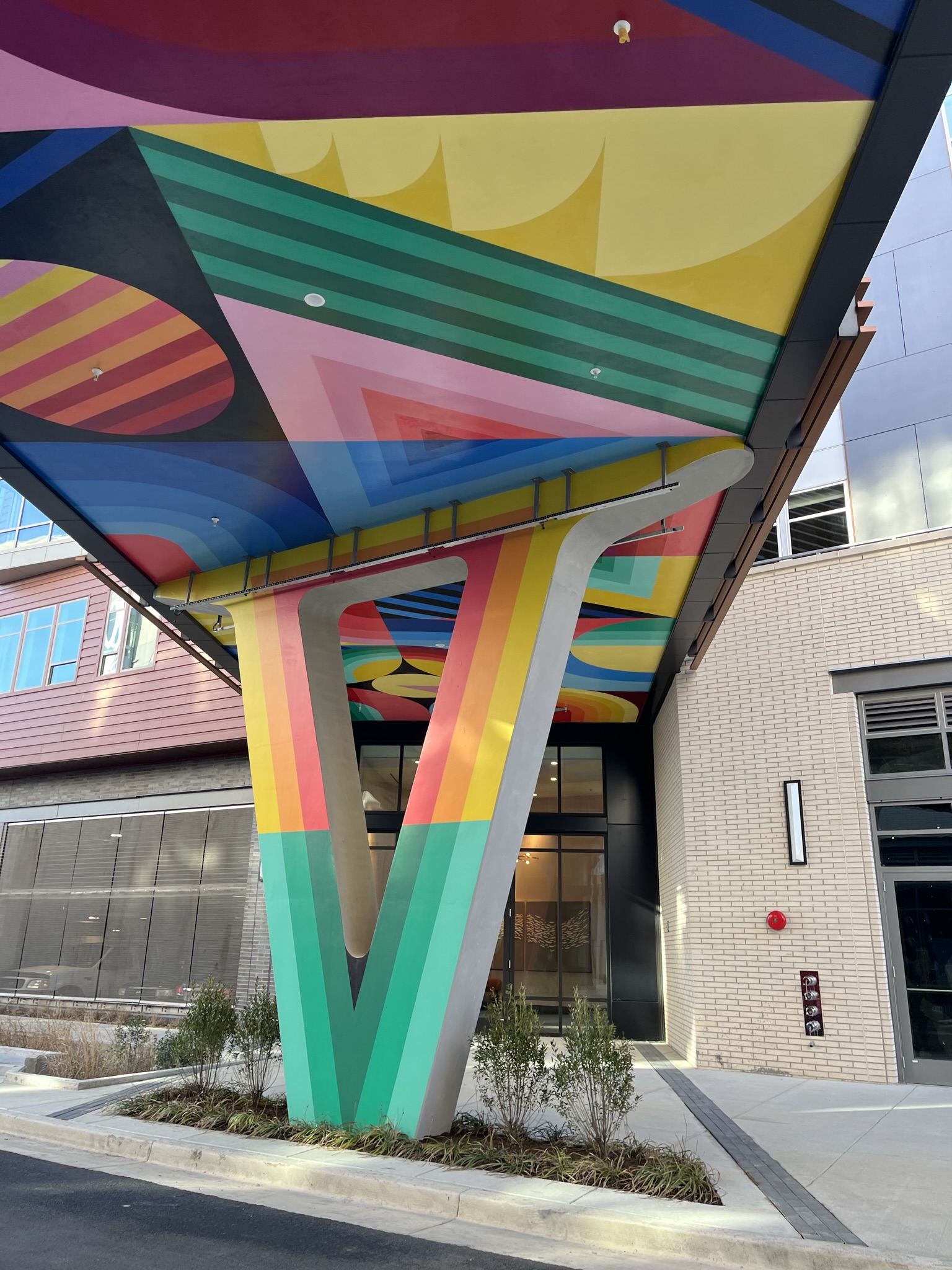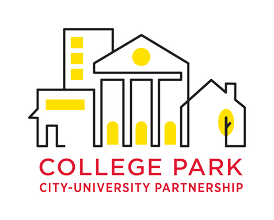
What Exactly is Community Development?
What Exactly is Community Development?
Susan Slingluff Hartmann, Executive Director
It’s hard to believe that it has been a year since I joined the Partnership as its Executive Director. After many years of working with cities and community nonprofits across the country to strategically address seemingly intractable issues – neighborhood disinvestment, local economic development, workforce development, economic mobility and poverty alleviation – it has been particularly exciting to join a community with a long history of institutional partnership and the collective will to establish and sustain an organization to tackle the work that is outside or beyond the usual purview of the institutional partners themselves.
The Partnership is often described as a model community development corporation (CDC). This places us alongside organizations working in communities of all sizes – neighborhoods in big cities, small cities, and increasingly even rural regions. CDCs work across a breadth of community interests, and there are as many variations of community development organizations as there are ideas about what makes a great community. There is no ‘cookie cutter’ model ; rather community development is a dynamic field that responds to the challenges and needs of local context.
A (Very) Brief History of Community Development
The Community Development movement in the United States emerged in response to urban challenges and inequalities during the mid-20th century. Firmly grounded in President Johnson’s War on Poverty, the pivotal moment arrived in 1964 with the Economic Opportunity Act, which established the Community Action Program and spawned Community Action Agencies nationwide.
The movement gained momentum in the 1970s and 1980s with the rise of community development corporations (CDCs), non-profits dedicated to urban revitalization through investments in housing, job training and local small business development. The 1990s saw the introduction of Community Development Financial Institutions (CDFIs), which offered financial support for economic growth in underserved areas. Over the decades, CDCs have navigated providing place-based programs, such as affordable housing, neighborhood development and revitalization, and people-based programs, such as workforce training, education and small business supports. Those making the biggest impacts have successfully addressed both.
In the 21st century, the movement is evolving again to address the complexity of contemporary issues, including climate change, technology, and racial equity. Collaboration between nonprofit organizations, philanthropies and local governments continues to be a core tenet of the field. Despite many successes over the decades, the field continues to face challenges related to sustained funding and navigating complex social policies. An emerging thread is the centrality of grassroots community engagement and the active engagement of communities to foster more just and inclusive places. Through ongoing collaboration and adaptation, the movement is evolving to center community voice in shaping their development.
A National Model in College Park
The Partnership is one of a handful examples nationally in which a local city government and higher education institution have jointly invested in an independent nonprofit entity to address shared community needs. To my knowledge, it is the only organization of its kind that has ingrained its town-and-gown institutional partners firmly in its leadership.
People-Based vs. Place-Based Community Development
There are a few consistencies across the field: the Community Development field tends to divide between organizations that are place-based and those that are people-based in their approaches. The very best successfully do both. All are context-specific, championing programs and initiatives designed to meet their local needs and challenges.
The Partnership led the development of the University-Community Vision 2030, a visioning process in which the City, the University and community members participated in crafting a set of goals and outcomes to continue driving College Park’s progress to become a Top National College Community. Vision 2030 articulates priorities in four focus areas that span a breadth of issues facing College Park – K-12 education, housing and development, transportation & mobility, and public health & safety. Both City and University leadership have adopted Vision 2030, and along with the Partnership, the three institutions have committed to working together to achieve the shared goals included in the vision.
Looking Ahead: The Partnership + Community Development in its Next 25 Years
In its first 27 years, the Partnership has demonstrated how cross-sector partnership and sustained collaboration can achieve significant community development goals. We are continuously evaluating our role in College Park and how we can flex to meet community needs and the goals outlined in Vision 2030. Local, regional and national conversations about climate change, restorative justice, economic mobility and racial equity are calling on us collectively to look at how we work and the outcomes we are driven to achieve. There are important questions to explore – What are the best ways to expand how we work with community to foster empowerment and civic engagement? What best practices can we learn from our peer organizations, and what learnings can we share with other town gown communities that seek to follow a similar path? What evolution does the future require for the Partnership? Join us as we chart the future and position ourselves to continue our work to be a model community development organization in the 21st Century.
